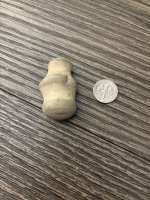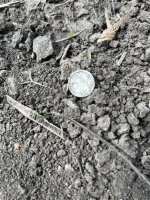OwenT
Hero Member
When I read about a lot of mining districts a common thread is that it seems like a bonanza find at first, there’s lots of strikes, the town booms, and then the veins play out at depth and it all goes under. I understand that with sulfides, there will be more free milling gold in the oxidized zone but I don’t understand why gold values would simply vanish at depth.
Perhaps the one reason I can think of is that of a strike is made on the surface, it’s probably because a fairly high grade spot of the vein was exposed to the surface, now it’s not too unlikely that a different part of the vein is less rich than the exposed portion or that it’s just a small vein. Then at that point it’s not an matter of depth, but probability rather.
Ideas?
Perhaps the one reason I can think of is that of a strike is made on the surface, it’s probably because a fairly high grade spot of the vein was exposed to the surface, now it’s not too unlikely that a different part of the vein is less rich than the exposed portion or that it’s just a small vein. Then at that point it’s not an matter of depth, but probability rather.
Ideas?





